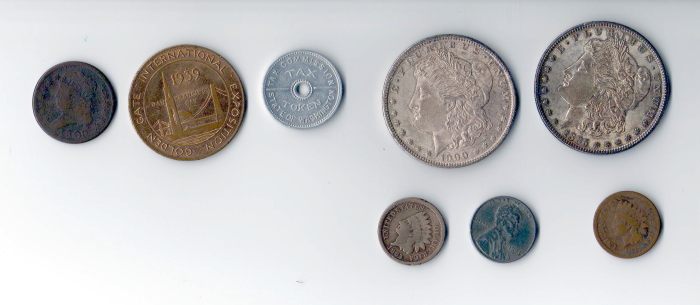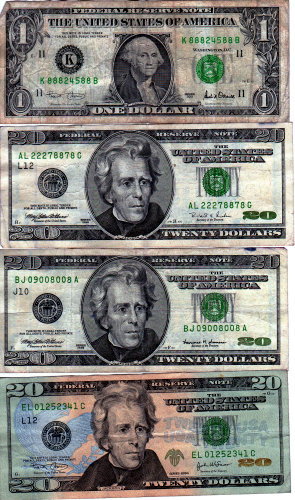Who are the owners of a public corporation?
Now, that should be clear: the stockholders, right?
Nope.
Currently, direct stockholders rent companies like we rent cars. That is, the rental can be stopped and started very easily and cheaply.
When you buy a stock, it’s good to think in terms of your being an owner. Certainly, I like to. But the reality is, you’re not. You’re usually using the company as a tool to make a buck, much as I might use a computer or a carpenter might use a hammer.
Too, for the most part, stockholder “owners” are 1 step removed from stock ownership. Large (e.g. mutual) funds own public corporations. Individual “owners” have shares of funds, diversifying their “ownership” in an effort to avoid responsibility for isolated, horrible events in individual companys’ lives. Yes, the fund managers should be awake at the wheel, but the fact is, for them, it’s Other People’s Money. And, by design, index funds are completely asleep at the wheel.
The odd thing about this rental situation is that it brings to mind an explanation of why voting was often, historically, restricted to landed, property owners.
Why?
Because property owners cannot easily leave their homes. They must bear the brunt of bad votes. Non-property owners can hit the road after messing up a place with their bad votes. The objective of property requirements for voting is to balance power and responsibility. If you’re not responsible, why should you have power?
If stockholders are company renters, then should they even have a vote?
Well, what is “ownership”?
Having not been cursed by a too much formal education, I’ve discovered on my own that a private property economic system works miracles for a commendable reason: responsibility and power are balanced. This balance is A Good Thing. In particular (worth noting in a world that emphasizes the powers of ownership), if you know the owner of something, you know who to shoot when the thing does wrong. The “owner” is responsible.
I say that the “owner” is the person with power and responsibility. And their power and responsibility must be well balanced or their ownership is unstable and will not last.
Power and Responsibility in public companies:
Who has the power in public companies (that is, who calls the shots)?
Ordered by concentration of power in individuals, I’d say:
- CEO.
- Other high level execs.
- Board members.
- Other employees.
- A toss-up between citizens of entities the company pays taxes to and the ultimate, individual stockholders.
That is to say, the CEO has more power than any individual, high level employee, each of whom has more power than each board member, each of whom …
The order of this list varies, of course. There are companies with board members voting large percentages of the company’s stock. The distinction between various employee levels is fuzzy. What decisions are important? Etc.
Who has half the responsibility (that is, who takes the hit when things go wrong)?
- Other employees (markedly so in a company-town situation).
- Other high level execs.
- CEO.
- A toss-up between citizens of entities the company pays taxes to and the ultimate, individual stockholders.
- Board members.
Who has the other half of the responsibility (that is, who gets the goodies when things go right)?
- CEO.
- Other high level execs.
- A toss-up between citizens of entities the company pays taxes to and the ultimate, individual stockholders.
- Other employees (more so in a company-town situation).
- Board members.
Note the toss-ups.
One could think of taxable entities as being part owners of companies. After all, if you and your buddy had a store that made $100 every month and your buddy took $70 and you took $30, who owns the store? Looks like a 70/30 split, right?.
Now consider how much of the store’s earnings go to the tax man … which gets interesting when you consider that your partner, the tax man, can raise or lower his cut at any time without your agreement. … Some partner. … But I digress.
That citizens and stockholders are a ranked together as a toss-up emphasizes the rental aspect of stock holdings.
Conclusions:
- The board members are on the high side of the teeter-totter, with low level employees, shareholders, and the taxman looking up from the other side.
- The CEO and other high level executives are the company owners.
It would be nice to put some numbers on these rankings. And calculate the numbers’ changes over time. That is, are these rankings mostly correct, and are they different from, say, 50 years ago?
Maybe these conclusions would be different if I appreciated more the board’s responsibilities.
But, the conclusions are unexpected. … By me, anyway.


